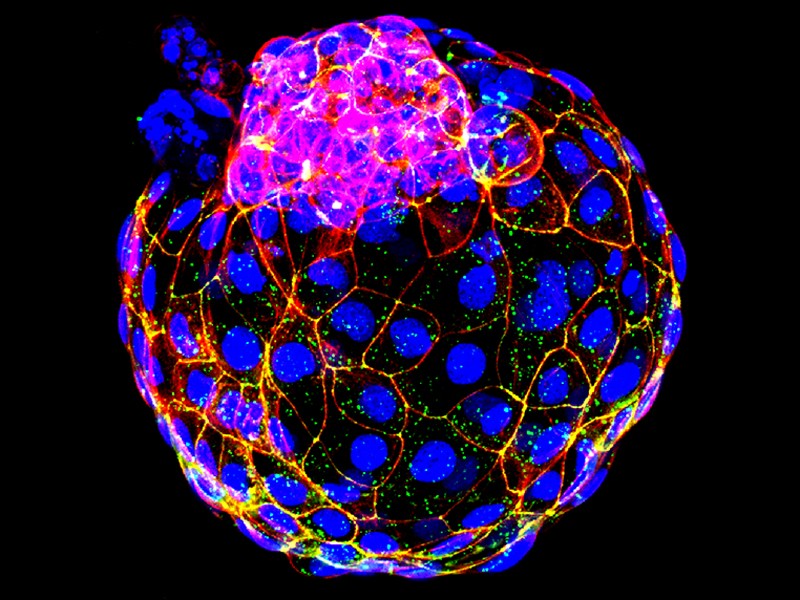Lab-grown structures mimic human embryo's earliest stage yet
Date: 17.3.2021
Scientists have used human stem cells to mimic the earliest stage yet of embryo growth. Multiple research groups independently report that they grew balls of cells that look like human blastocysts, which form about 4 days after an egg is fertilized by sperm.
 These experiments offer a window into a crucial time in human development, and an opportunity to better understand pregnancy loss and infertility without experimenting on human embryos.
These experiments offer a window into a crucial time in human development, and an opportunity to better understand pregnancy loss and infertility without experimenting on human embryos.
Some of what scientists currently understand about this early stage of development has come from studies on human embryos. But access to these embryos is limited and tightly regulated in light of ethical considerations.
Because blastocysts grown in the laboratory from human stem cells differ from human embryos, they might avoid some of the ethical limits on human embryo research and could increase access to this type of research, scientists say. They do not expect the new blastocyst-like structures to have the ability to develop into a complete embryo.
Researchers have previously grown blastocysts in the lab from mouse stem cells, but mice have different developmental pathways from humans, so the resulting structures weren’t a perfect model of human development.























